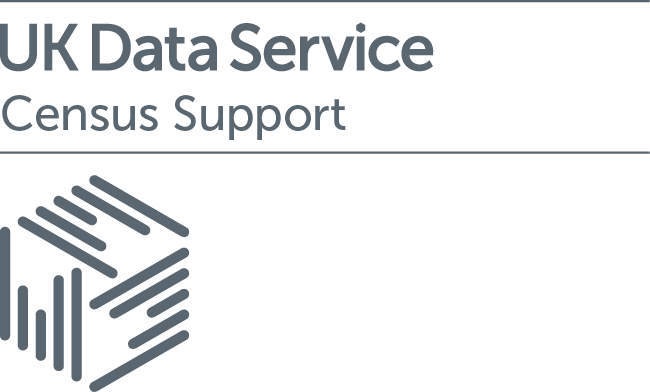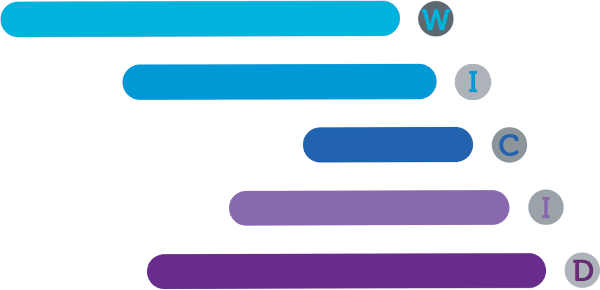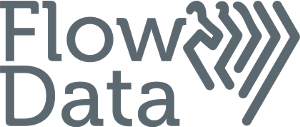Frequently asked questions
About the data
- What are Census interaction data?
- What data are available?
- Are all the datasets from 2011 Census already available?
- When 2021 Census data will be released?
Getting access to the data
- Who can access the Census data provided by the Flow Data service - do I need a username/password?
- What is Federated Access?
- What is my 'memorable word'?
Using the data
- How do I get the Census flow data?
- What are the conditions of use of safeguarded 2011 census flow data?
Other Census data resources
About the data
What are the Census flow data?
The Census flow data are data about moves between two locations.
These include migration flows and journeys to work. They are also referred
to as 'origin-destination data' and 'interaction data'.
What data are available?
The Flow Data Service provide access to data from the 1981, 1991, 2001 and 2011 Censuses, as well
as additional non-Census data. For full details of the hosted data sets, see
available data.
Are all the datasets from 2011 Census already available?
Yes, the entirety of 2011 Census open and safeguarded tables have been released via the queryable
WICID tool and as static downloads. The first batch of 2011 Census data was released in late July 2014,
and we continued to publish new tables until mid-2015. More data might be released in the future in
cases such as if ONS decides to reclassify some secured tables to safeguarded.
However, no such plans are currently in place.
When 2021 Census data will be released?
According to the dissemination plans by ONS, 2021 census flow-data are expected to be released in 2023.
However, because of National Records of Scotland decision to postpone census to 2022 due to the Covid-19 crisis,
the first batches of 2021 census data are not expected to be UK wide.
The arising issues and mitigation methods to harmonise data across all agencies are currently being discussed.
Getting access to the data
Who can access the Census data provided by the Flow Data Service - do I need a username/password?
Explicit registration is not required for 1981 to 2001 and public 2011 census data products.
However, outputs from the 2011 Census tagged as 'safeguarded' require users to agree on additional
terms and conditions. Access to these datasets is permitted via Federated Access. Prospective users
of safeguarded data need to register with UK Data Service prior to using Federated Access.
What is Federated Access?
Federated Access is also known as:
- Shibboleth
- The UK Federation
- The UK Access Management Federation
It allows users to securely access external services using the same username
and password as they do for local services at their institution.
Most institutions use Federated Access. Further details about the UK
Federation: http://www.ukfederation.org.uk/
Users can be granted access to the 'safeguarded' datasets if they are:
- Students or staff in UK universities
- UK government staff
- NHS staff
- Research Council staff
The above indicative list is not exhaustive.
Using the data
How do I get the Census flow data?
The Flow Data website provides three routes to the data.
WICID is the main route to the flow data. It provides a flexible service to download extracts of data in a variety of forms
Downloads is the page which allows a user to download bulk tables as released by ONS,
as well as download SASPAC filesFlow summaries report the largest flows associated with a chosen location
Off the shelf data sets are available for some of the more common queries
I have access to the safeguarded data. What are the conditions of use of safeguarded 2011 census flow data?
Users of these data are reminded that these data can be used only for the purposes of not-for-profit research
or teaching or personal educational development.The data may be shared with anyone who has registered with the UK Data Service and accepted the terms and
conditions stipulated in the End User Licence.Results of analyses which aggregate geographies and/or categories of variable may be shared with anyone,
so long as these results are appropriately protected not to identify individuals, households or organisations.Appropriate protection in this case has been deemed by the Data Owners to be the protection of any cell count
lower than three. There is no requirement to round - though if users wish to do that, that is their choice.
Users could suppress any counts lower than 3, or replace any 1s or 2s by a 0 or 3. These are not prescriptive; users may find other methods more satisfactory.
Other Census data resources
What other Census resources are there?
Access to aggregate census statistics, microdata from the samples of anonymised records and boundary data
is through the UK Data Service Census Support website which can be accessed by clicking on the logo in the
top left of this screen.






